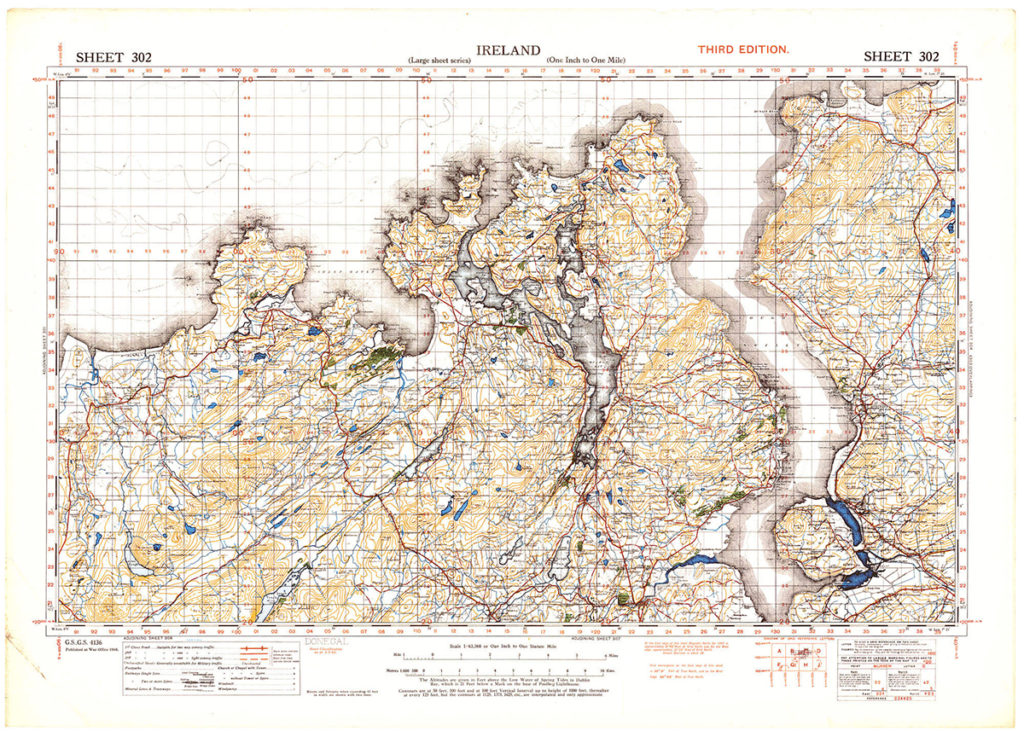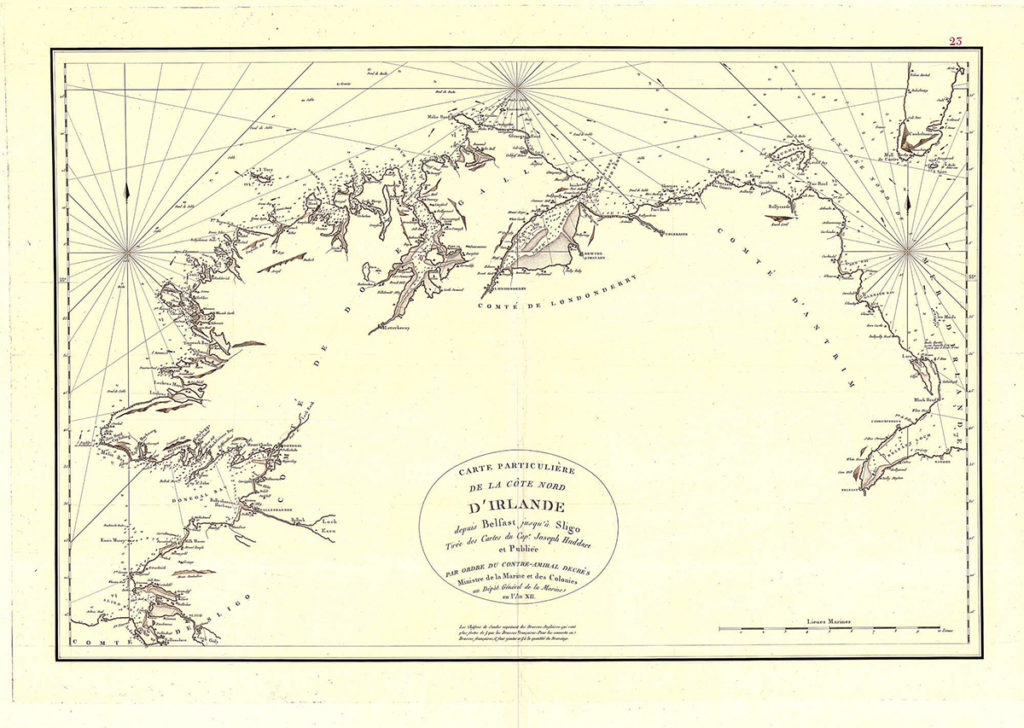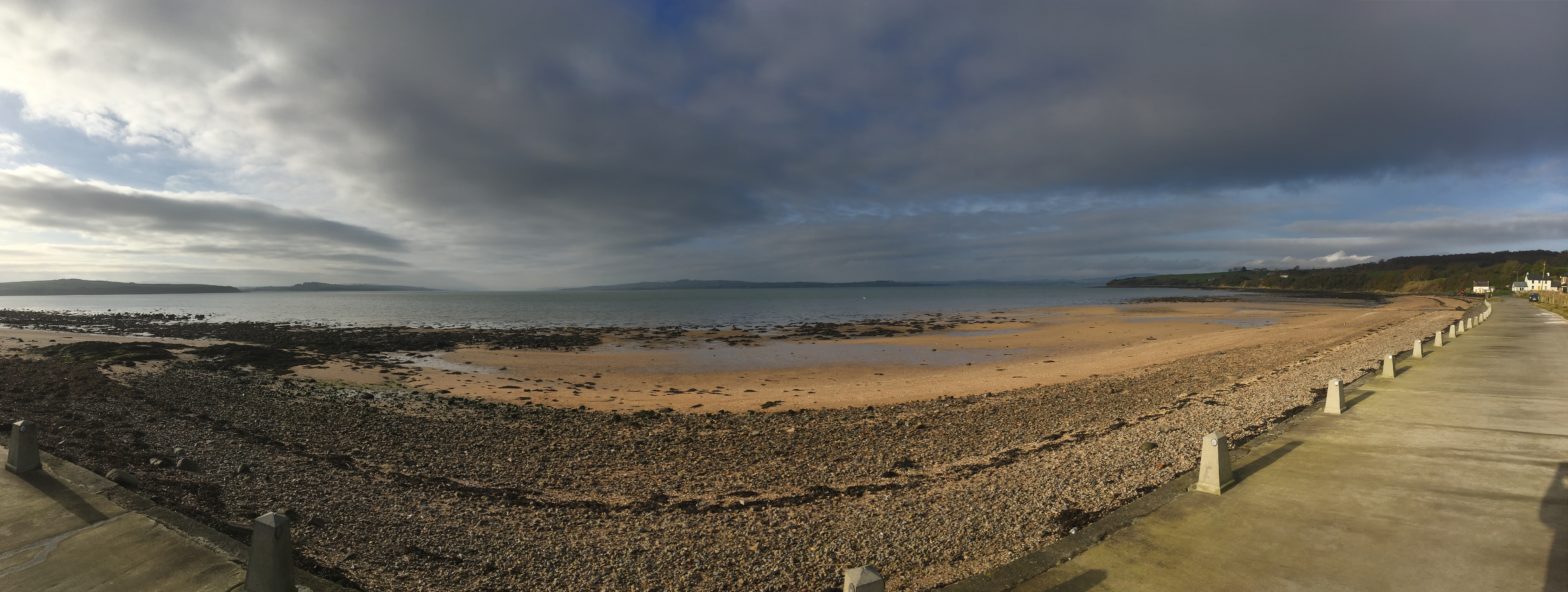These are just some of the links and sources we used when researching Inch’s history and heritage.
Research resources and links
One of the issues we encountered while researching Inch’s history, is the island’s name. If you are searching for links and resources about an island called Inch, you will invariably find hundreds of links to documents and archive material which makes references to the old, Imperial system of inches, feet and yards. We have found that you have to be a little inventive in your search terms and include quotes to search for identical terms, such as “Inch Island Donegal”, “Inch Lough Swilly”, “Island of Inch”. It is also advisable to add negatives into the searches, as in: “Inch Island” -inches.
Another issue we encountered is the legacy of British Rule. Inch’s historical records are spread across the archives in Dublin – records since 1922 – Belfast – records of Protestant landowners – and England – records prior to 1922… with some notable exceptions.
Searching Inch’s history online can be time-consuming and frustrating, but equally rewarding. What follows is a list of sites and archives we used during the project’s early research. It is not an exhaustive list and is offered in no-particular order.
Some of the sites contain digitised archives, available online, some require a visit to a physical building to view the documents, and many of them charge a fee for use.
Donegal County Council Archives
http://www.donegalcoco.ie/culture/archives/countyarchivescollection/
Inch Hall Facebook Page
The hub of the island’s community
https://www.facebook.com/Inch-Hall-459679580769256/
National Museum of Ireland
https://www.museum.ie/Historical-Collections
Irish Census Online
The census details for Inch are online at the links below. The returns are transcribed but the original forms are also available as PDFs. In our research, we found the 1901 census to be far richer in detail and history than the later 1911 census.
Inch’s Census returns for 1901
Inch’s Census returns for 1911
Old Maps Online
This is a wonderful resource with hundreds of maps from many different sources, some of which are shown in lo-resolution on this page.
https://bit.ly/2X8VqVh
The David Rumsey Collection
Maps, images and all sorts of historic images
https://www.davidrumsey.com/

Irish National Archives
https://www.nationalarchives.ie/
National Library Collections – Lawrence collection of photographs
National Library Flickr Account
Trinity College Dublin Library Archive
Trinity Access to Research Archive
University College Dublin Archive

UK National Archives Kew
https://www.nationalarchives.gov.uk/
Public Record Office Northern Ireland – PRONI
https://www.nidirect.gov.uk/services/search-pronis-ecatalogue
Imperial War Museum
https://www.iwm.org.uk/collections
Irish Newspaper Archive – subscription service
https://www.irishnewsarchive.com/
British Newspaper Archive – subscription service
https://www.britishnewspaperarchive.co.uk/
Dáil Éireann archives
https://www.dail100.ie/en/national-archives/
British Parliamentary Archives

Duchas Schools Collection
Approximately 740,000 pages (288,000 pages in the pupils’ original exercise books; 451,000 pages in bound volumes) of folklore and local tradition were compiled by pupils from 5,000 primary schools in the Irish Free State between 1937 and 1939.
This collecting scheme was initiated by the Irish Folklore Commission, under the direction of Séamus Ó Duilearga and Séan Ó Súilleabháin, Honorary Director and Registrar of the Commission respectively, and was heavily dependent on the cooperation of the Department of Education and the Irish National Teachers’ Organization. It was originally to run from 1937 to 1938 but was extended to 1939 in specific cases. For the duration of the project, more than 50,000 schoolchildren from 5,000 schools in the 26 counties of the Irish Free State were enlisted to collect folklore in their home districts. This included oral history, topographical information, folktales and legends, riddles and proverbs, games and pastimes, trades and crafts. The children recorded this material from their parents, grandparents, and neighbours.
The scheme resulted in the creation of over half a million manuscript pages, generally referred to as ‘Bailiúchán na Scol’ or ‘The Schools’ Collection’.
Inch Girl
https://www.duchas.ie/en/cbes/4493753/4417007
https://www.duchas.ie/en/cbes/4493753/4416642
Templemore the good landlord
https://www.duchas.ie/en/cbes/4493753/4416587
https://www.duchas.ie/en/cbes/4493753/4416629
Inch Fort
https://www.duchas.ie/en/cbes/4493753/4416589
https://www.duchas.ie/en/cbes/4493753/4416632
Field and place names
https://www.duchas.ie/en/cbes/4493753/4416600https://www.duchas.ie/en/cbes/4493753/4416634



